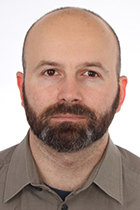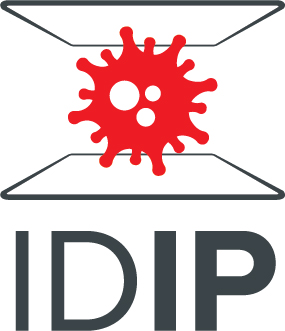
Dr. Vibor Laketa

Infectious Diseases Imaging Platform (IDIP)
In CIID, we believe we can reveal better medical treatments and develop a comprehensive understanding of physiology of important human pathogens by integrating holistic and reductionist experimental approaches. Classical biochemical, genetic and genomic approaches have been employed over the years to yield important insights in host-pathogen interactions. Most of these experimental approaches are population-based (“bulk”), end-point analyses where obtained information represents an average across the population and where important parameters can be missed as they become “averaged out” in the bulk measurement. The different states of biological systems, such as for example, the differences between the health and the disease state, are ultimately governed by the individual, stochastic and often rare molecular events. We believe that to truly understand different physiological states, we need to employ a reductionist experimental approach that is able to capture and quantitatively examine these individual molecular events. Such information can then be incorporated into mathematical models together with the observations made using the population-based approaches ultimately leading to a comprehensive understanding of the underlying patho-physiological processes
Due to recent innovations, the only methodology able to capture and quantitatively examine individual molecular events in a complex biological system is microscopy-based imaging. A microscope can sample complex dynamics of a biological system across a wide range of spatiotemporal scales and organizational levels of complexity, and thus is able to provide the most realistic representation of a living system. It is a big technical challenge to observe and quantify these stochastic molecular events. An equally big challenge is to understand how they give rise to different stereotypical patho-physiological states that we observe in “bulk” measurements. In this respect, microscopy-based analysis yields quantitative information that can be integrated into predictive multiscale mathematical models of infection that will ultimately be used to reconcile the findings obtained by the reductionist approach with the ones that are based on population measurements.

The Infectious Diseases Imaging Platform (IDIP) provides, develops and applies high-end microscopy infrastructure under enhanced biosafety containment 2 and 3 conditions (BSL‑2 and 3) to enable infectious diseases research.

Over 250m2 of ground (BSL‑2) and underground (BSL‑3) area of the CIID is dedicated to IDIP infrastructure which is organised in 14 interconnected microscopy rooms, tissue culture and sample preparation, image analysis and office areas. IDIP implements a comprehensive range of bioimaging technologies that allow infectious disease research across vastly different spatiotemporal scales and organizational complexities, going from structural studies on macromolecular scale all the way to whole organ/body imaging in living animals. More information about IDIP organisation and instrumentation can be found on the IDIP homepage https://www.idip-heidelberg.org/.

